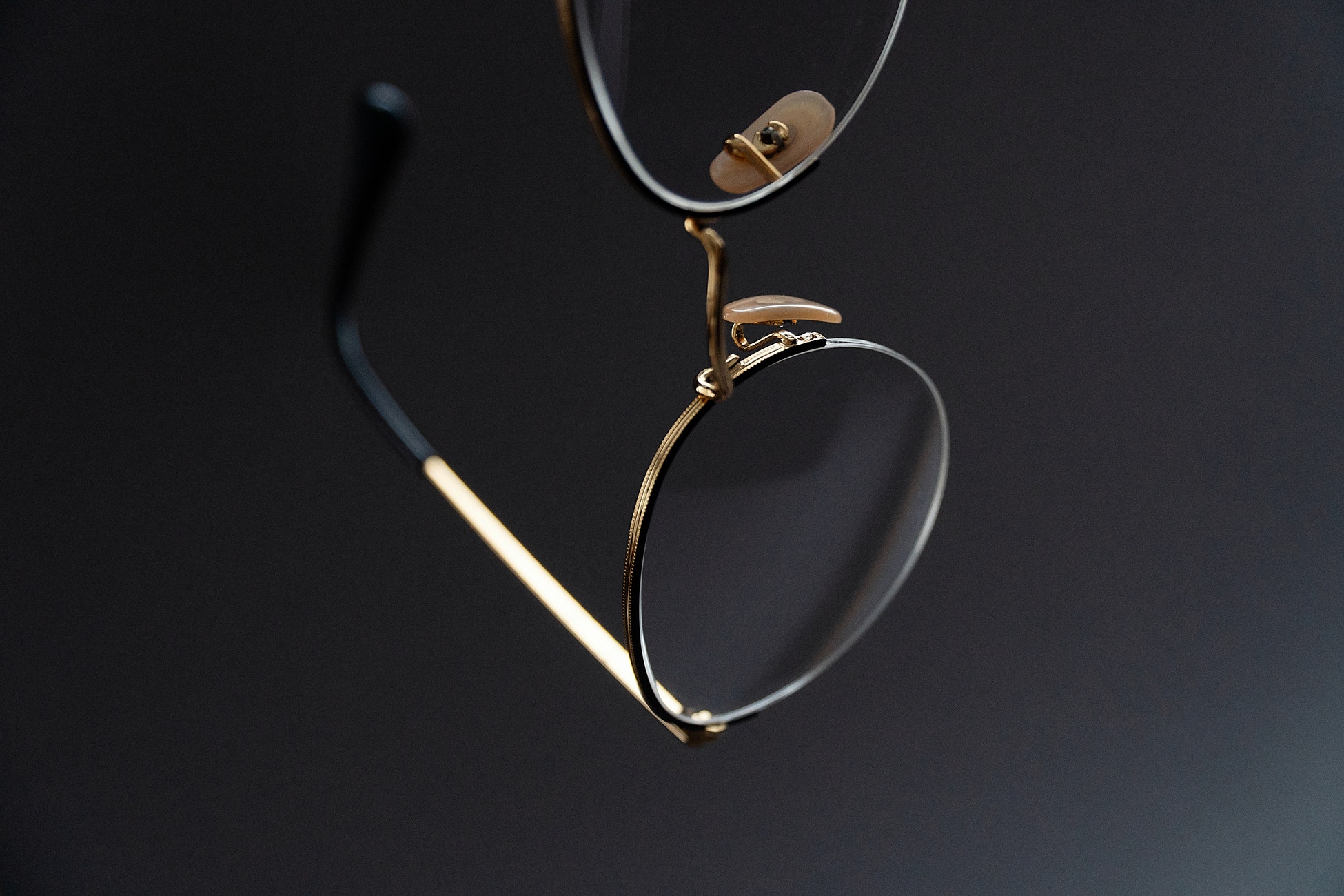The Science Behind Glare-Reducing Lenses & Their Uses (2/2)
Posted by Danielwalters.com on 30th Apr 2019

The working principles of glare-reducing lenses
Scientific research and technology advances in the optics field have made it possible to counter both environmental and lens glare. The two different types of glare-reducing lenses, anti-reflective coated and polarized, actually have very different working principles and are likewise effective toward eliminating the different sources of glare.
Anti-reflective (AR) lens coatings work to increase the amount of light that is transmitted through a lens, in turn achieving close to 0% reflection of incident light waves. In this way, they’re great for counteracting lens glare. AR coatings are also referred-to as anti-glare coatings and are typically applied to the front and back of a lens to quench reflections from the glasses-wearer as well as their surroundings. This technology is useful for both sunglasses and regular eyeglasses.
Polarized lenses are ideal for eliminating environmental glare. Unlike AR-coated lenses, polarized lenses work by selectively blocking incoming light in orientations associated with surface-reflected waves. Thus, they act more as a filter to transmitted light and are typically only found in sunglasses, where their selective light-blocking properties are advantageous.
Worth the investment?
As with most high-tech options, glare-reducing lenses typically cost more than their standard versions, so it’s perfectly valid to ask whether their added benefits outweigh the added cost. This actually depends on whether we’re talking about polarized lenses or anti-reflective coatings. Here’s why…
